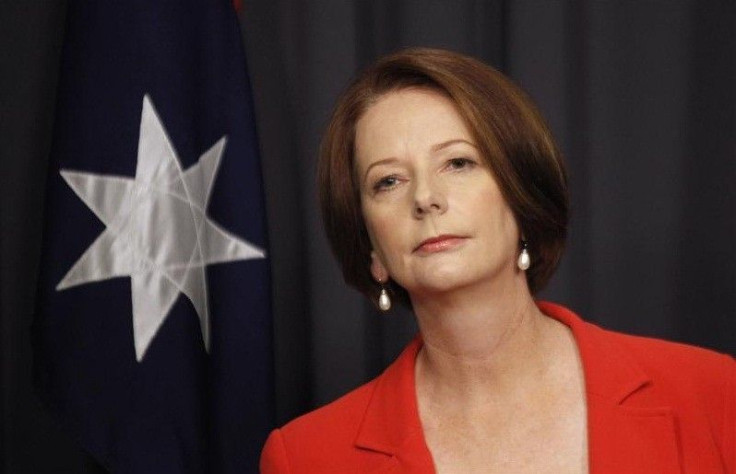Pivot To Asia: Australia Aims Major Boost In Trade, Diplomacy And Diffusion Of Cultures

Australia has unveiled a major pivot to Asia policy plan describing Asia’s return to global leadership as “unstoppable.”
Australian Prime Minister Julia Gillard unveiled Sunday the new 312-page policy document, “Australia in the Asian Century,” setting out 25 national objectives to be met by 2025. Targets range from improving trade links with China and Asia to teaching languages like Mandarin, Hindi, Indonesian and Japanese in schools.
"Whatever else this century brings, it will bring Asia's return to global leadership, Asia's rise. This is not only unstoppable, it is gathering pace," Gillard said.
“The scale and pace of Asia's rise is staggering, and there are significant opportunities and challenges for all Australians," she said.
"It is not enough to rely on luck — our future will be determined by the choices we make and how we engage with the region we live in."
Asia is expected to overtake the economic output of Europe and North America combined to become the world’s largest economic power by the end of this decade, while the combined output of China and India is projected to exceed that of the whole Group of Seven (G7) by early next decade.
The white paper sets out a comprehensive agenda for Australia’s trade links with Asia to contribute to at least one-third of its GDP, up from one-quarter at present. Australia’s forecast for 2025 shows its GDP per person will be in the world’s top 10, up from 13th in 2011, requiring a lift in the nation’s productivity.
With the rise in GDP, Australia’s average national income is projected to be about $73,000 per person in 2025 compared with about $62,000 at present.
“Our leaders will be more Asia literate, with one-third of board members of Australia’s top 200 publicly listed companies and Commonwealth bodies having deep experience in and knowledge of Asia,” the document says, which also calls for deeper diplomatic network in Asia. “By 2025, this means real change for Australians.”
Not only governments, but businesses and communities are also urged to play their part in shaping Australia’s future with regard to its pivot to Asia.
Children will graduate with a “sound working knowledge of Asia,” while work and holiday agreements between the two regions will lead to opportunities for citizens to exchange talent and boost tourism, the paper said.
Financial markets will be better integrated and capital will flow more easily across borders for investment, innovation and jobs growth, it said.
There is significant potential for continued labor productivity growth, with the output per person in China only 20 percent of that in the U.S., whereas India and Indonesia have barely reached 10 percent, the white paper said.
Gillard underlined continued strategic ties with the U.S., Australia's closest military ally, adding that her nation will be able to balance its defense ties to the U.S., while supporting China's military growth and a stronger role in the region observing that any policy aimed at containing China would not work.
© Copyright IBTimes 2025. All rights reserved.






















